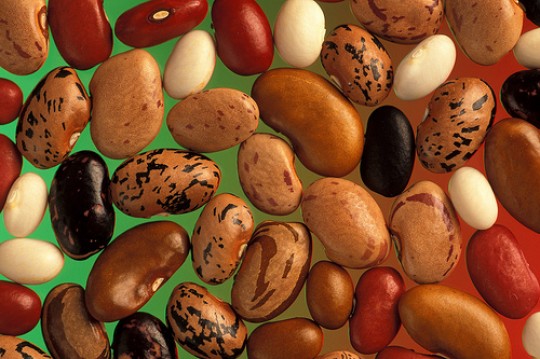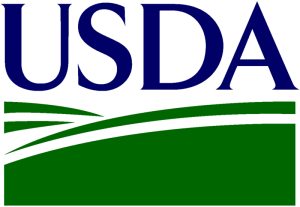Perfecting the ‘Perfect’ Food
Perfecting the ‘Perfect’ Food
 The USDA-supported Bean Coordinated Agricultural Project (BeanCAP) is working to help bean plant breeders develop new varieties that are better at adapting to changes in climate.
The USDA-supported Bean Coordinated Agricultural Project (BeanCAP) is working to help bean plant breeders develop new varieties that are better at adapting to changes in climate.
How does one improve upon perfection? By definition, that’s an impossible task, but a team of scientists is working to help breeders of the “near-perfect” food so they can improve production around the world.
The bean is often referred to as a near-perfect food because of its unsurpassed ability to provide high amounts of protein, iron, zinc, magnesium, potassium, and soluble fiber. Common beans, the world’s most important food legume, feed about 375 million people in Latin America and 200 million in sub-Saharan Africa.
Researchers from the Bean Coordinated Agricultural Project (BeanCAP), led by Dr. Phil McClean at North Dakota State University, on Oct. 14 released information on 1,575 molecular genetic markers that will help bean plant breeders develop new varieties that are better at adapting to changes in climate. BeanCAP is funded by the U.S. Department of Agriculture’s (USDA) National Institute of Food and Agriculture (NIFA) and includes scientists from six U.S. universities and USDA’s Agricultural Research Service.
The markers, single nucleotide polymorphisms (SNP), identify genes that are important to agriculture – such as resistance to diseases or climate change and increased nutritional value. The SNPs were evaluated on 384 bean cultivars of Mesoamerican and Andrean origin and are well-suited to breeding tropical bean germplasm. Researchers expect that SNPs and other genetic marker technologies will dramatically reduce the time and cost required to develop new genetically improved plant varieties.
BeanCAP released the SNPs to the Generation Challenge Programme (GCP) of the Consultative Group on International Agricultural Research. GCP will make the SNPs available on its Integrated Breeding Platform, a public information site to assist those who conduct molecular-assisted breeding experiments, especially those in developing countries.
by Scott Elliott
National Institute of Food and Agriculture
This post is part of the Science Tuesday feature series on the USDA blog. Check back each week as we showcase stories and news from USDA’s rich science and research portfolio.
NIFA supports projects such as this to solve critical issues that impact people’s daily lives and the nation’s future. For more information, visit www.nifa.usda.gov
###
About United States Department of Agriculture (USDA) Mission Statement
The United States Department of Agriculture (USDA) provides leadership on food, agriculture, natural resources, and related issues based on sound public policy, the best available science, and efficient management.
Vision
The USDA want to be recognized as a dynamic organization that is able to efficiently provide the integrated program delivery needed to lead a rapidly evolving food and agriculture system.
Strategic Plan Framework
USDA has created a strategic plan to implement its vision. The framework of this plan depends on these key activities: expanding markets for agricultural products and support international economic development, further developing alternative markets for agricultural products and activities, providing financing needed to help expand job opportunities and improve housing, utilities and infrastructure in rural America, enhancing food safety by taking steps to reduce the prevalence of foodborne hazards from farm to table, improving nutrition and health by providing food assistance and nutrition education and promotion, and managing and protecting America’s public and private lands working cooperatively with other levels of government and the private sector.
USDA Celebrates 150 Years
In 2012, USDA will commemorate and celebrate the 150th anniversary of our founding in 1862, when President Abraham Lincoln signed into law an act of Congress establishing the United States Department of Agriculture.
Two and one-half years later, in what would be his final annual message to the Congress, Lincoln called USDA “The People’s Department.” At that time, about half of all Americans lived on farms, compared with about 2 percent today. But through our work on food, agriculture, economic development, science, natural resource conservation and a host of issues, USDA still fulfills Lincoln’s vision – touching the lives of every American, every day.
“As we commemorate 150 years of accomplishments, USDA is learning from past experiences and looking to the future. In the years to come, we must help address the changing needs of agriculture and rural America. We must continue to help provide a safe, ample food supply for our nation and the world. To meet those goals, we are working to make USDA a more modern and effective service provider and to deliver the best possible results for all of the American people.”
###
* The above story is adapted from materials provided by United States Department of Agriculture (USDA)
![]() ______________________________________________________________________
______________________________________________________________________



















